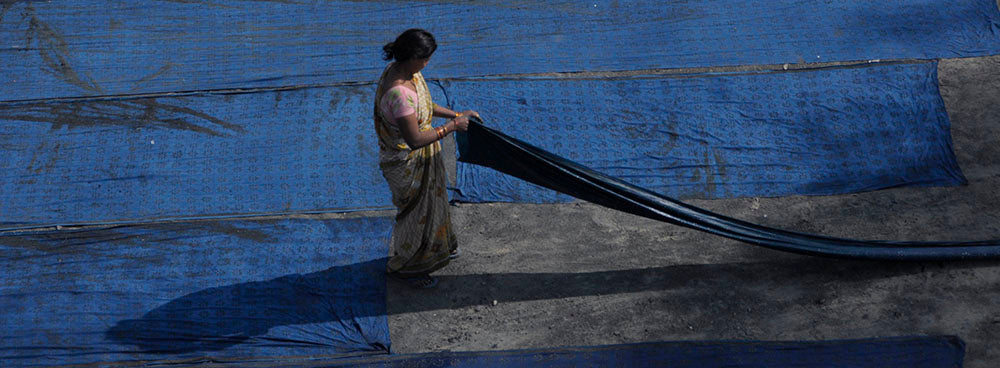
See The Dabu Block Printed Textiles
The fabled pink city of Jaipur sits at the centre of a cluster of traditional blockprint communities. By taking advantage of the fine desert sand of Rajasthan, artisans are able to create a mud-resist known as “Dabu.” A cold-water resist, dabu is particularly effective for blocking out areas during an indigo bath. The character of dabu and the wooden blocks used to apply it, go together to create the distinctive patterns known as “dabu” prints.
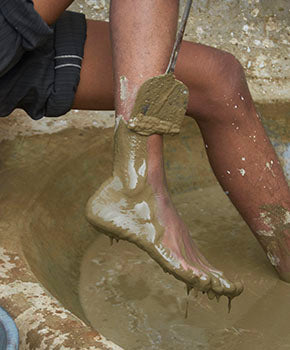
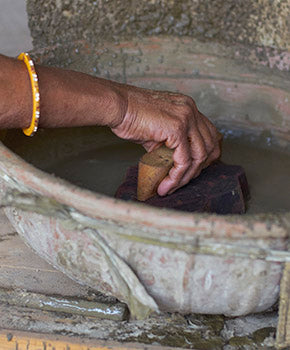
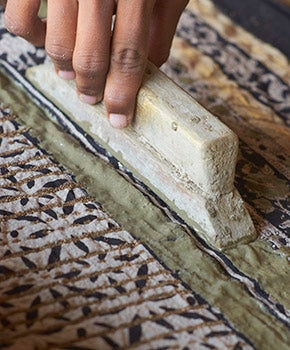
Until recently dabu prints enjoyed a close relationship with local weaving communities. In line with tradition, certain patterns were printed only on certain weaves (either coarse or fine) of a set width and length depending on the communities that they were destined to serve. It was this close connection to ethnic niche markets that kept traditional printers in business. A craftsperson could always count on the people of a community needing the buy their traditional cloth.
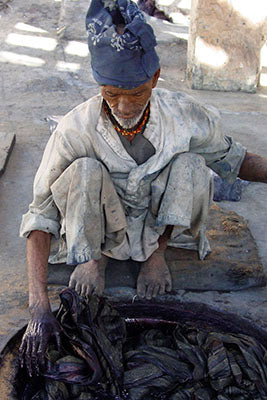
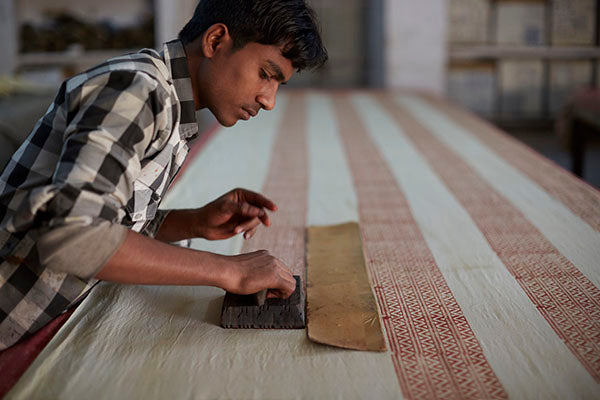
In nearby Bagru, prints were mostly sold to the local kisan (cultivator) community. The chalanki fadat was given by the father-in-law to a new bride who would wear the cloth as her first garment after marriage. A type of man’s dhoti known as a koyel ki dhabli was made for marwadi cultivators. By contrast, prints produced in Jaipur had larger, more elaborate motifs and were destined for the aristocratic and merchant classes.


